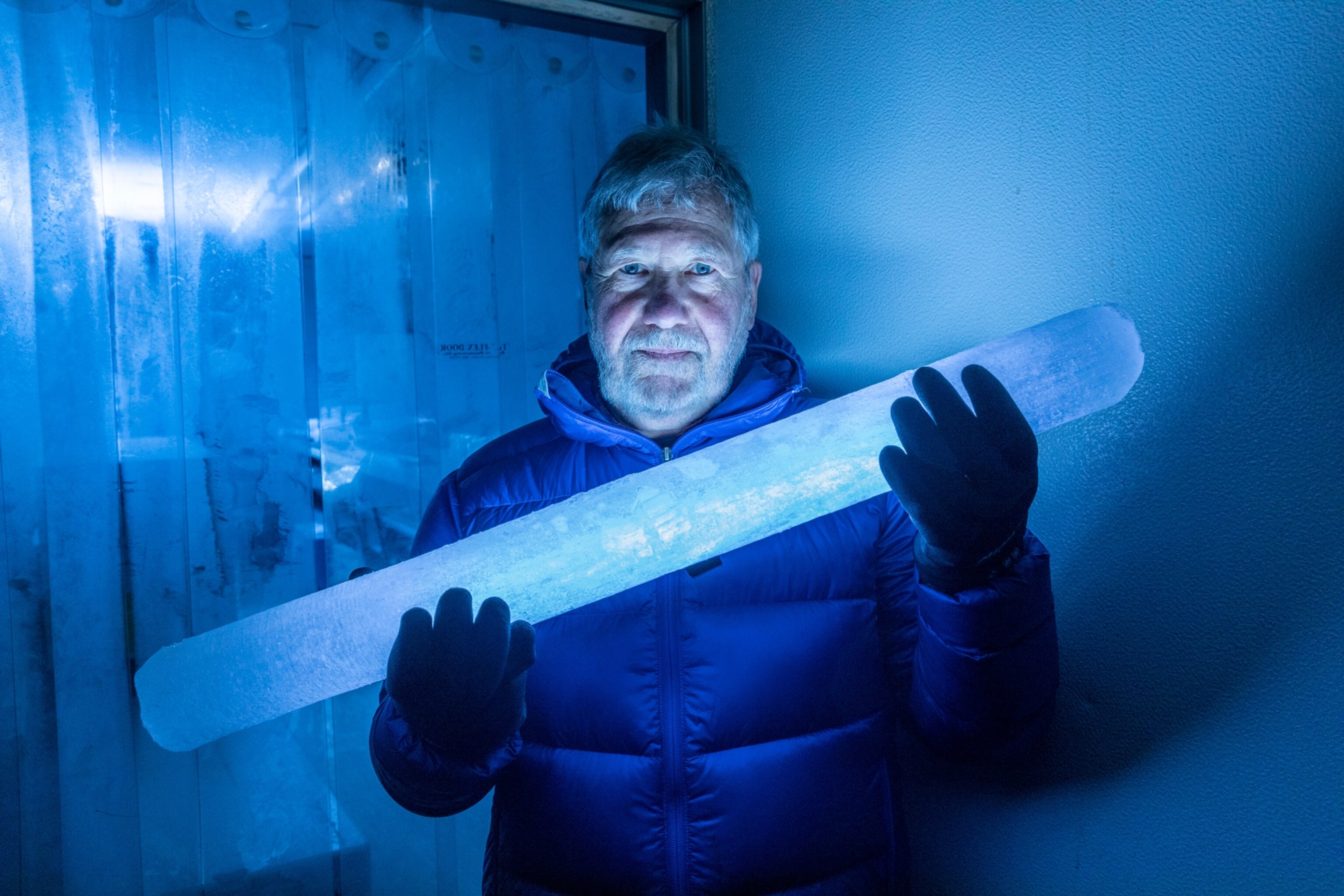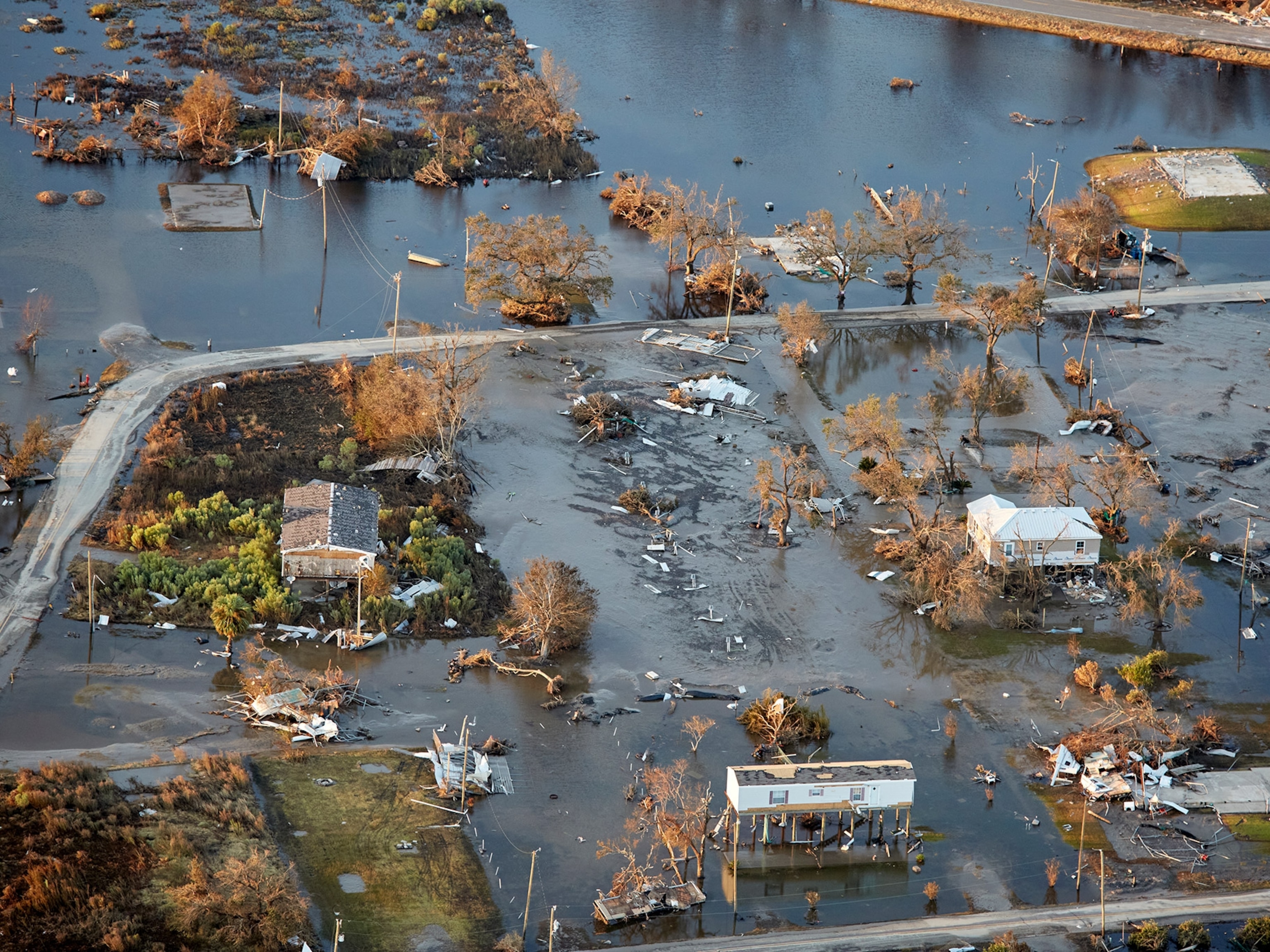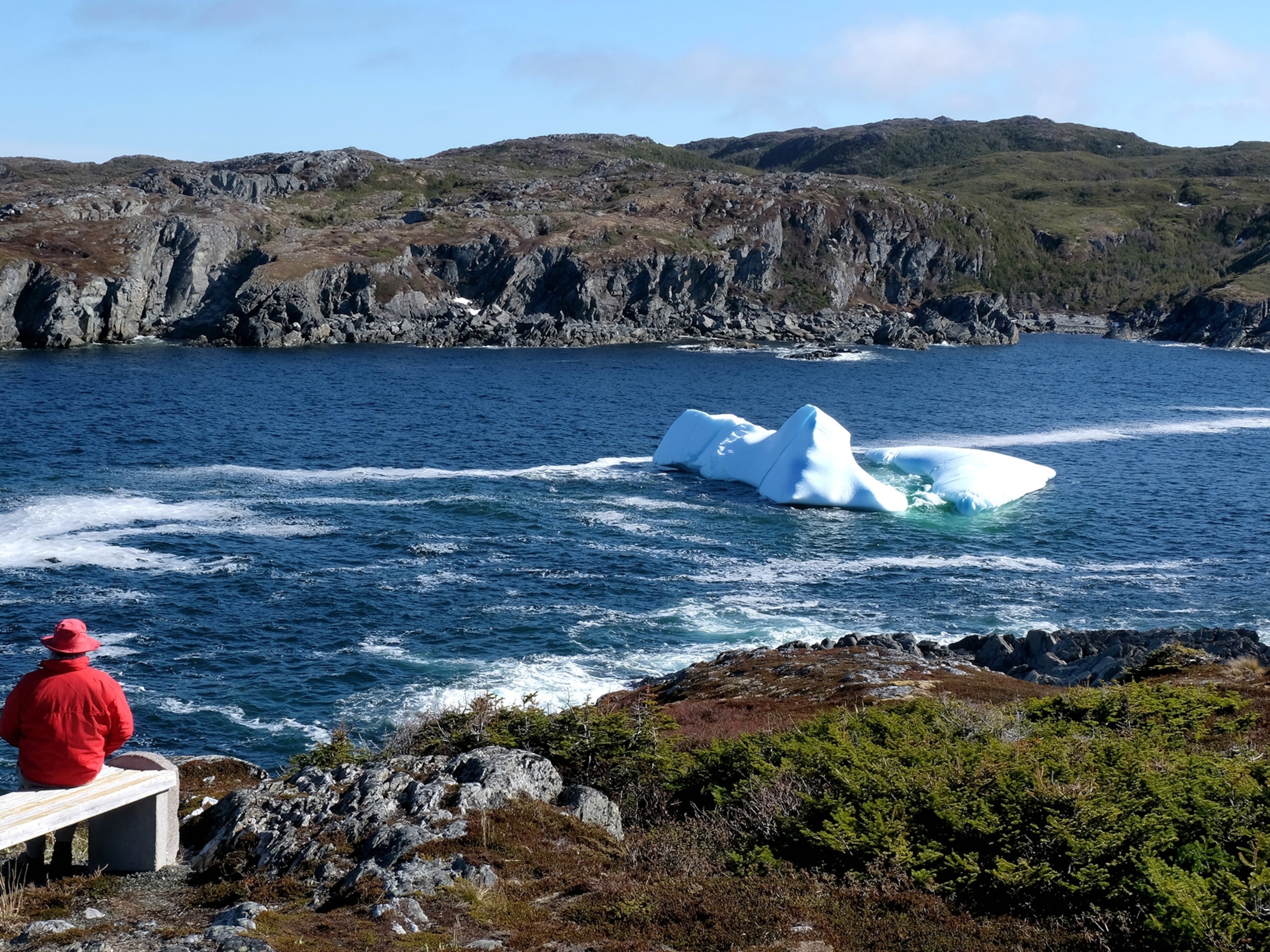
Everest’s highest glacier has lost 2,000 years of ice in 30 years
The surprising finding that Earth’s highest ice may be gone in decades is “a real wake-up call.”
Climate change has arrived decisively at the roof of the world on Mount Everest: The highest glacier on the highest mountain on Earth is losing decades worth of ice every year, according to a new study by researchers who extracted an ice core from the glacier.
The study, published in the Nature Portfolio Journal Climate and Atmospheric Research, found that Mount Everest’s South Col Glacier, which climbers traverse on their way to the summit, may have lost half its mass since the 1990s as a result of warming temperatures in the region. It may disappear entirely by the middle of this century.
The findings result from the 2019 National Geographic and Rolex Perpetual Planet Everest Expedition, which brought together 34 international and Nepali scientists, multiple Sherpas, and a series of logistical challenges.
The expedition was wide ranging, and along with the ice core included taking biological samples, creating a high-resolution map, and studying water quality as well as the history of Everest’s glaciers, expedition head and lead scientist Paul Mayewski tells National Geographic. The team also installed five weather stations (two of them at the highest elevations in the world for weather stations).
“It was the most complete scientific experiment ever conducted on the south side of Everest,” Mayewski says.
According to mountaineer Ryan Waters, who has summitted Everest six times but was not involved with this study, the South Col Glacier presents an impressive vista for climbers approaching the final stage of their ascent. “You quickly take in the huge snows and ice of the glacier pouring down from Everest above the high camp,” he says.
See Mount Everest from a drone.
It was one of the focuses of the expedition because mountain glaciers around the world are in rapid retreat as a result of climate change. But, says Mayewski, a glaciologist who is director of the University of Maine’s Climate Change Institute, there is relatively little information about glaciers at the highest elevations.
“And one of the questions was: As you get up that high, it obviously gets much colder. So are the glaciers on Everest, even as high as 8,000 meters (26,250 feet), which is where South Col is, retreating?”

Coring the highest glacier
A key component of the research was extracting a cylindrical piece of ice from the glacier, at an elevation more than 1,000 meters (3,200 feet) higher than the previous highest ice core ever collected. Doing so required adapting existing drilling equipment to be as light as possible so that it could be carried by hand up the mountain and operate in the thin air. Although the team conducted trials in extreme cold conditions in Maine, Iceland, and the Himalayas, there was no guarantee the equipment would work when it needed to most.
“That was lots of stress, actually,” says Mariusz Potocki, a glaciochemist and University of Maine doctoral candidate who collected the core. “It was such a relief when it worked.”
The results, however, shocked Potocki and the team. When the 10-meter (33-foot) ice core was analyzed, radiocarbon dating revealed that the ice at the surface was approximately 2,000 years old. In other words, any ice that had been laid down on the glacier in the past two millennia was simply gone. The core contained layers of annual ice growth—somewhat like tree rings—and by measuring their thickness, the team calculated that, assuming the rate of ice deposition has remained the same over time, approximately 55 meters (180 feet) of ice has been lost.

Based on measurements of warming and ice loss elsewhere in the Himalayas, the researchers infer that most of this loss has occurred since the 1990s. If that rate of ice loss continues, Mayewski says, South Col Glacier “is probably going to disappear within very few decades. It’s quite a remarkable transition.”
If the scale of the change surprised the scientists, it reflects what mountaineers like Waters have been noticing for years, not just on the South Col Glacier but throughout the Himalayas.
“I have noticed since first going to the Himalayas 20 years ago that many of the glaciers in and around the Everest area have changed quite a bit,” Waters says. “The Khumbu Icefall has changed quite a lot over those years as well, so it is not only the highest of glaciers, but seemingly all of them.”
How is it happening?
The researchers argue that the ice loss is likely greatly accelerated by a process called sublimation, in which snow and ice evaporate without transitioning through a liquid-water phase. Sublimation is common in climates that are cold and dry, particularly at high altitudes, but which experience a lot of sunlight and strong winds—all boxes ticked by the south face of Everest. And it is exacerbated on South Col Glacier, Potocki explains, by an almost complete loss of snow cover on the glacier’s surface.
Snow has a high albedo—that is, it reflects most solar radiation back into the atmosphere. “If you lose the fresh snow, the ice is darker itself and just absorbs more solar radiation, so melting and sublimation appears more intense and the ice loss increases,” he says.
“Mariusz and I drill ice cores all over the world, and we developed the drilling equipment for this expedition with the understanding that he would probably end up drilling through snow and then ice,” says Mayewski. “It was a real shock to see that exposed ice surface.”
For Mayewski, the findings add to a growing catalog of evidence that climate change is now fundamentally changing even the most remote areas of the world.
“We know the oceans are polluted—we know that they are warming and acidifying,” he says. “We know that there are times even in mid-winter when warm air masses reach the North Pole and temperatures there are above freezing. We know that there are certain times in summer when the entire surface of the Greenland ice sheet is melting.
“And now, we have the evidence that even the highest glacier on the highest mountain in the world is rapidly losing its ice. So yes, it’s a real wake-up call.”
You May Also Like
Go Further
Animals
- Soy, skim … spider. Are any of these technically milk?Soy, skim … spider. Are any of these technically milk?
- This pristine piece of the Amazon shows nature’s resilienceThis pristine piece of the Amazon shows nature’s resilience
- Octopuses have a lot of secrets. Can you guess 8 of them?
- Animals
- Feature
Octopuses have a lot of secrets. Can you guess 8 of them?
Environment
- This pristine piece of the Amazon shows nature’s resilienceThis pristine piece of the Amazon shows nature’s resilience
- Listen to 30 years of climate change transformed into haunting musicListen to 30 years of climate change transformed into haunting music
- This ancient society tried to stop El Niño—with child sacrificeThis ancient society tried to stop El Niño—with child sacrifice
- U.S. plans to clean its drinking water. What does that mean?U.S. plans to clean its drinking water. What does that mean?
History & Culture
- Gambling is everywhere now. When is that a problem?Gambling is everywhere now. When is that a problem?
- Beauty is pain—at least it was in 17th-century SpainBeauty is pain—at least it was in 17th-century Spain
- The real spies who inspired ‘The Ministry of Ungentlemanly Warfare’The real spies who inspired ‘The Ministry of Ungentlemanly Warfare’
- Heard of Zoroastrianism? The religion still has fervent followersHeard of Zoroastrianism? The religion still has fervent followers
- Strange clues in a Maya temple reveal a fiery political dramaStrange clues in a Maya temple reveal a fiery political drama
Science
- NASA has a plan to clean up space junk—but is going green enough?NASA has a plan to clean up space junk—but is going green enough?
- Soy, skim … spider. Are any of these technically milk?Soy, skim … spider. Are any of these technically milk?
- Can aspirin help protect against colorectal cancers?Can aspirin help protect against colorectal cancers?
- The unexpected health benefits of Ozempic and MounjaroThe unexpected health benefits of Ozempic and Mounjaro
- Do you have an inner monologue? Here’s what it reveals about you.Do you have an inner monologue? Here’s what it reveals about you.
Travel
- Follow in the footsteps of Robin Hood in Sherwood ForestFollow in the footsteps of Robin Hood in Sherwood Forest
- This chef is taking Indian cuisine in a bold new directionThis chef is taking Indian cuisine in a bold new direction
- On the path of Latin America's greatest wildlife migrationOn the path of Latin America's greatest wildlife migration
- Everything you need to know about Everglades National ParkEverything you need to know about Everglades National Park







